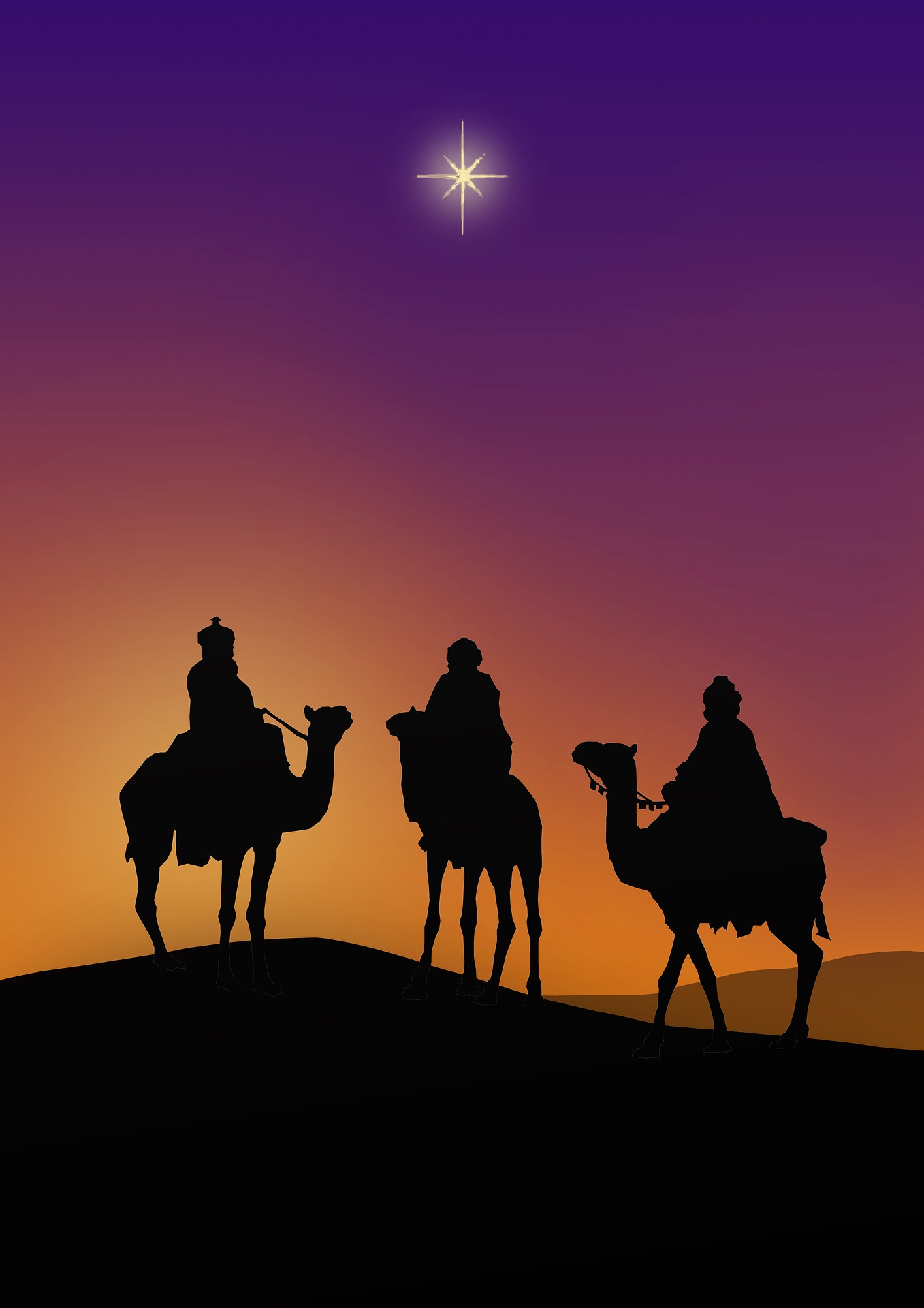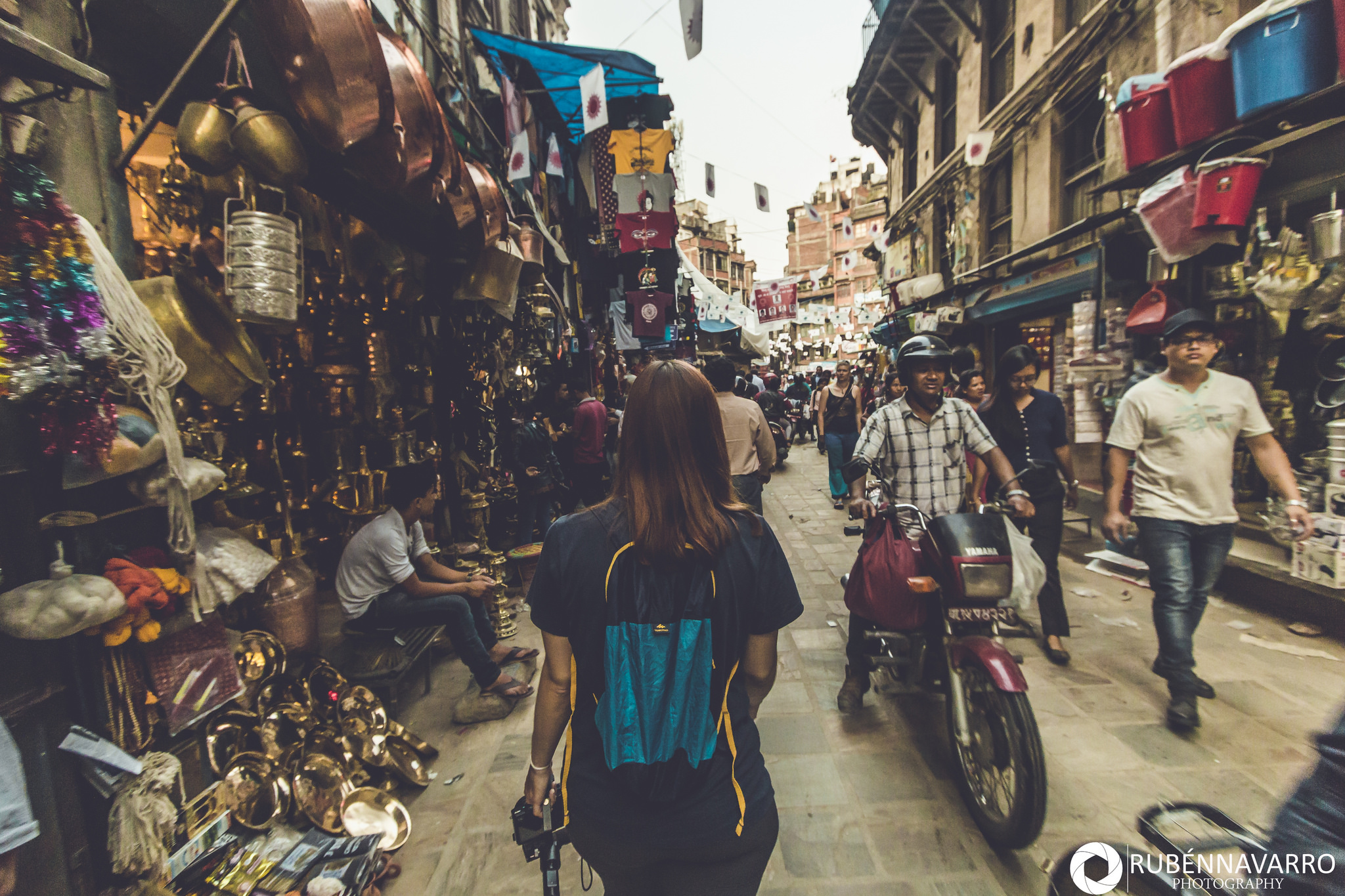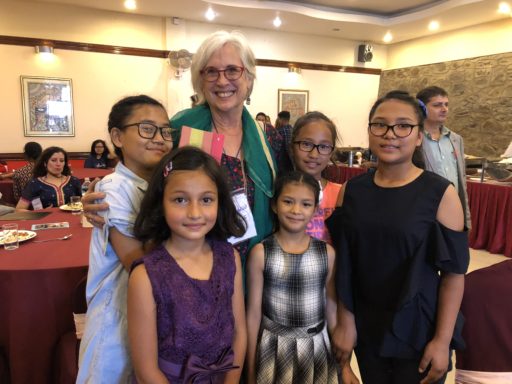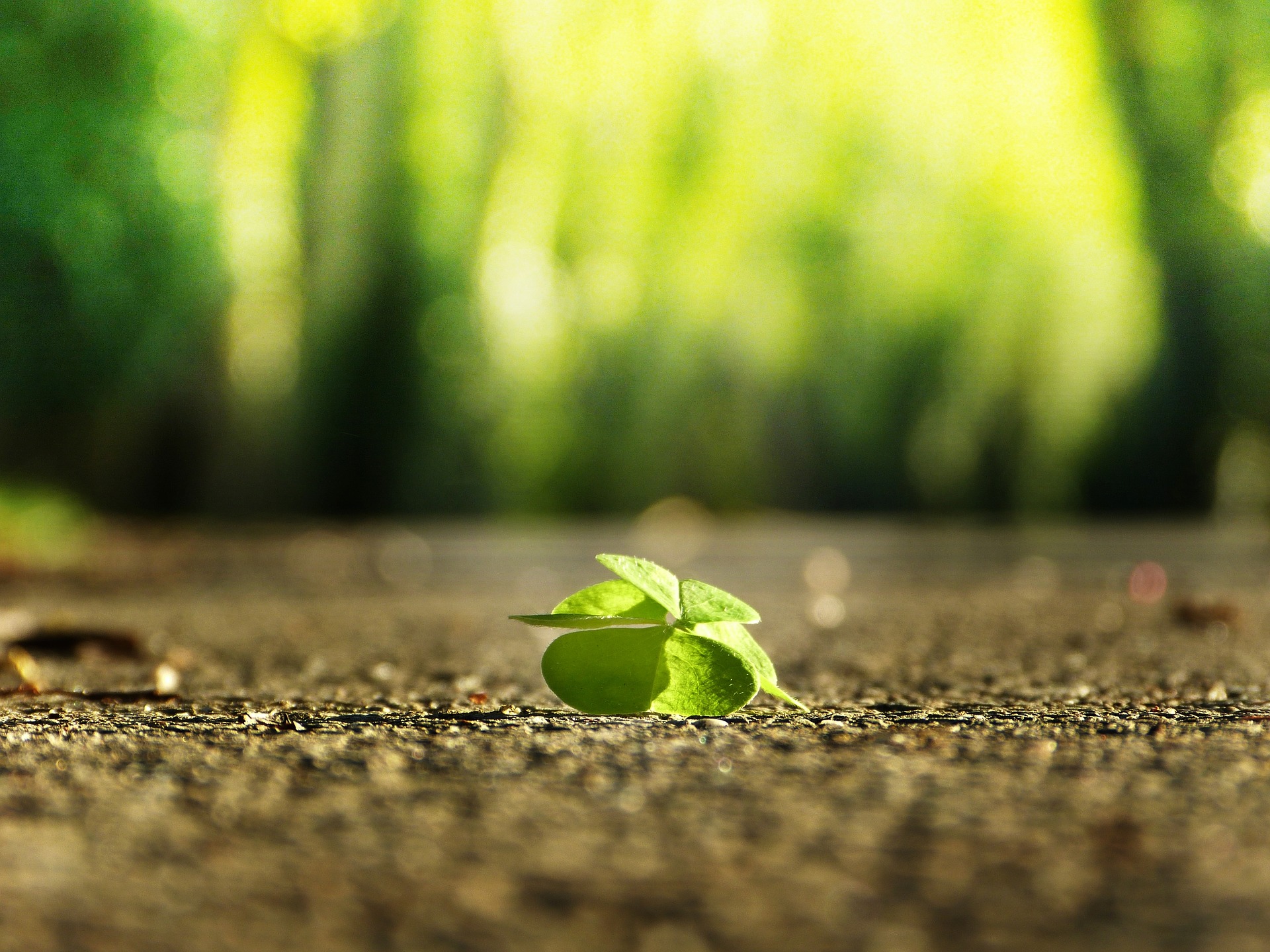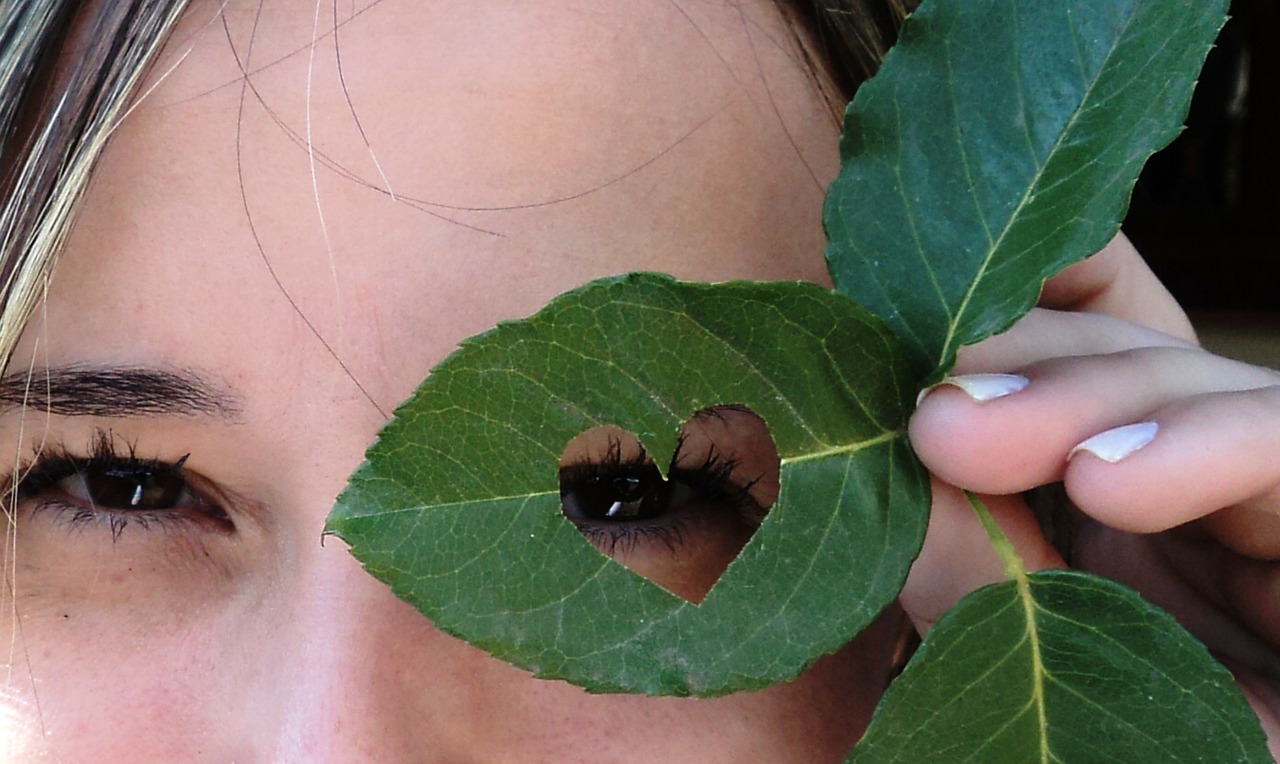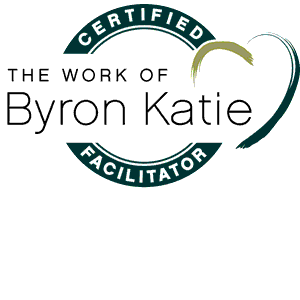Lessons from a Rescue

April, 2007.
I retrieve the local paper from the driveway. Page 1 is filled with accounts of a puppy mill raid. About ninety designer mutts in desperate need of foster families. The single-wide trailer where they procreated and fought and chewed through the floor to find food was now emptied, the owner awaiting trial for the second time.
It’s my first morning back from an intensive life coach training, and I’m definitely on the lookout for coincidences. The leader of the course, a famous writer, was known for something she called the Technology of Magic. She wrote Get a Dog! on the title page of my copy of her new book. This puppy mill coincidence seemed pretty magical, so I head down to the shelter, curious but not convinced.
I get there to find cages with various combinations of Maltese, Yorkie, Chihuahua, and Papillon mutts stacked into a very unstable doggie high rise that rose to the ceiling. It’s a frantic, chaotic scene. Some of the animals are starved skinny. All are barking.
I’ll just look for one that’s not barking, I thought. And there he was, poised at the entrance to a crate full of fuzzy mutts, sitting calmly and gazing around him like a Beanie Baby Buddha.
Then we found out he was only about eight weeks old. No problem, said my inner genius. He’s too young to be messed up by his surroundings, given some good training. And so we took him home to “foster,” (My family used air quotes too). Once there, I gave him a bit of water and kibble. His eyes lit up. “My person” could’ve been written in neon over my head in dog writing.
And that is how it was for the next 16 years. Within days he figured out that his main job was to be a therapy dog in the Oasis. And I’ve been accompanied by a little white shadow ever since. Forget about privacy. Doors not firmly shut would be likely nudged open by a nose during one of his ongoing sweeps of the house.
He was eye candy his entire life, from an irresistible puppy, to a stately, 15-pound senior. We called him Calvin for his cowlick hairdo, his wide-eyes and mischievous nature.
It didn’t take long after we got him before we discovered that his anxious attachment to me was becoming a problem. He occasionally nipped people who hugged me, so I stopped hugging my friends when I encountered them on the bike path outside our house.
Experts were called in. Training commenced, with spotty results. He nearly got himself killed in the dog park when he squared off against a German Shepherd. This was before he got his testicles out, but he held a grudge for pointy-ears his whole life. And that life ended naturally last month.
During his lifetime, Calvin must have nipped or bit at least ten people, most of whom were admiring what a cute little dog he was. Only two reported him. This earned him a tag labeling him dangerous. That tag is on his collar on the mantel now, right beside a hand carved box with his ashes and a snip of his soft white hair. And a beautiful memorial portrait on a Christmas ornament hand painted by his admirer, Liz-e. His hypervigilance is over, and he is at rest.
Being Calvin’s person taught me many lessons, but the biggest I think is this: Never underestimate the power of early childhood (or puppyhood) trauma. The neural pathways established in the very earliest stages of life never quite go away. But if we can meet the victims with something like the patience and devotion that our pet offers us, our hearts grow a bit wiser, kinder and more compassionate. And that compassion can extend even toward ourselves as our own hearts heal from life’s inevitable losses.
Resorting and Re-Sorting
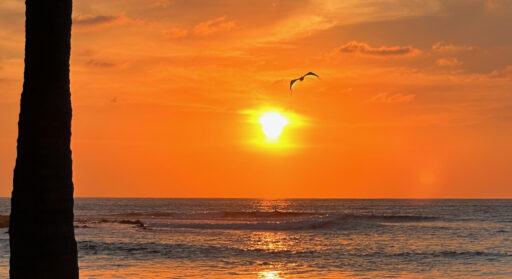
It’s late winter and once again I’m torn by two competing drives, each a response to cabin fever. First, there’s the strong desire to simply get out of cold, wet Oregon, trusting wide open sky as an antidote to the encroaching indoor walls and sunshine to the bronchial tickle the flu left behind.
And then here at said cabin there’s a (sometimes small) inclination to sort through detritus of indoor living.
Both desires are as primal as the two paths of my Neanderthal ancestors: those who pursued friendlier climates, and those who settled down to sort out things, like seeds and families and agrarian life.
Resorting
Last month found us following the first path, traveling south to a bay in Mexico, where we resorted, mostly by just staring at the sea and basking in warmth. The empty skies and the constancy of waves gave my head a break from its never-ending efforts to create order in my everyday world. The phrase “last resort” came to mind throughout the trip because it felt like one. Covid strategies and stress had multiplied my ill-fated tendency manage the unmanageable. And so this seemed like a last chance to get a break from routine headaches and to downshift my nervous system.
While hanging out at our small hotel, I studied the wildly exotic but ordinary pelicans in the bay outside our casita. For days I watched each pelican as it dove again and again headfirst into the surf, each time filling its beak. After collecting their dinner, these strange creatures simply float on the water, placidly allowing the crazy filtering system in their expanded necks to sort the edible from the non-edible while they bobbled in the sunset and gradually absorbed their nutrition from the sea around them. We have a lot in common, I realized. I was also allowing my unconscious self some time to rest and take in sustenance from life as it is.
Re-sorting
The seed-sorters. That’s my tribe, I think as I unpack from the tropical resort. Time to unfeather my nest.
The impulse is right on time. Every year toward the end of winter a need for order rises up. If I were a serious gardener or a farmer, I’d be sorting seeds from last season’s crop, letting go of over-ambitious experiments from last growing season. I’d look forward to the fallow winter cabin time, when snow covers dormant plants and rain creates slick fields of mud and there’s time to pause by the warm fire, taking stock, dreaming, seed catalogues in hand.
It’s in that spirit that late winter weather inspires me to to take stock and sort out my own personal growth experiments. This inclination is especially strong during this past year of re-emergence. Holidays and resolutions are over. I’ve absorbed lots of spiritual nourishment along the way, so I’m filtering out what hasn’t served me. Same with clothes that no longer fit comfortably or reflect my sense of who I’m becoming. During this in-between time on the calendar, it’s also more possible for me to drift a bit away from old habits. To separate the seeds from the chaff, to sort through the detritus of the recent past, to imagine myself into whatever’s next.
I remind myself of all the myths and fairy tales in which sorting (and re-sorting) is a part of the hero’s journey. In classic Greek mythology, Athena orders the mortal Psyche to prove her devotion to Cupid, Athena’s son, by separating all the wheat, barley, millet, and beans in her enormous warehouse. Some ants came along and took care of the sorting in short order. In the famous Grimm fairy tale, Cinderella got her reputation by picking out peas and lentils her stepsisters mixed with ashes. Again, just in time, magical helpers (in this case pigeons and mice) pitched in so that she could make her grand entrance (and her dramatic exit) from the ball.
These ancient tales describe the heroine’s path of discernment. Mere mortals, who don’t have access to magical ants or mice, must look elsewhere—inside and outside—for the help we need to sort the seeds of growth from those that keep us stuck in loops of the past. These days, as the world offers distraction after distraction, it’s more important than ever to do some sorting. Or re-sorting. Like a good pelican, moving at a pace closer to the speed of life.
Reclaiming Epiphany

It was 1984. As a mother of two young kids who taught teenagers during the day I had no alone time. But this didn’t keep me from trying to save the lives of my rapidly disintegrating family half a continent away by telephone. I reveled in my ability to do all of it because that’s what it meant to me to be a feminist pioneer.
The first day of the new year found me packing up from the holiday while I made school lunches and lesson plans. I came up with some vague resolutions, grabbing random shoulds out of the air and jotting them down as I gulped my early morning coffee. And so began another year as the same old Achievement Bunny Rabbit.
Then one year my husband left for a conference in early January, leaving me a few more duties and the gift of early bedtimes, which offered a little more time to myself. The first couple of days I polished off the leftover fudge, thinking now I was beginning to get in the mood for a real holiday, now that the decks were clear.
On January 6 my desk calendar said Epiphany. Since I had no experience of a liturgical calendars, I thought the Universe was setting me up with my own private holiday, as requested. Perfect. A day for me to devote to big insights from powers greater than me. What I did that day was sleep and write a note in my journal about what to eliminate from the holiday crazies next year. And I reminded myself to claim this holiday every year from now on.
It was a couple of years before I found about the Catholic holy day of Epiphany. A few years later in Mexico I discovered the Three Kings Day holiday on the same day. I decided it was best to be generous with these interlopers and share my holiday.
And so I began the day as usual two years ago on January 6, with my usual devotional plan. I leaned into the hope that a new year always brings. Halfway through the day my little bubble was breached, but this was nothing compared to another breaching going on that day. I later heard the Speaker of the House of Representatives, a devout Catholic, was praying for an epiphany–a jolt of insight that would somehow put an end to the unfolding tragedy. I continue to hold out hope that my country’s leaders will have multiple strokes of insight that will lead to a brighter future.
And this brings me back to my little “private” holy day. At first it was a huge revelation that I could even claim a day for my inner life right in the middle of the darkest time of year. Since then, I knew it was there waiting after everything wound down. That knowledge has been like a star lighting my way through the holiday crazies.
So I’m reclaiming January 6 as a time of introspection. Journaling usually figures into the mix. This year, I’ve been inspired by Suleika Jouard’s Isolation Journals: https://theisolationjournals.substack.com/p/our-new-years-journaling-challenge?utm
This may be my personal holiday, but I’m happy to share it with you. What if you took a day for you to recover, heal, dream, and listen right about now? To take down some dictation from your inner self? It turns out I have an idea for a name. We could call it Epiphany, honoring the rich history and symbolism of the inner tradition. We could celebrate the wise elders among us, those seekers who have traveled far to embrace the light within the darkness.
We could reclaim Epiphany for our deepest selves. Join me?
Warmly,
Susan Grace
|
Becoming Human
What’s it like, becoming human? Words from a dream long ago. I had no answer, only unformed words that mostly floated past, slower than the pace of learning to be here on this blue planet
It’s like being baptized in living waters, I could have said, steady feet muddy in the shallows hardly noticing the drift until you’re hauled out of the deep by your hair and then you figure out just how to move your legs so that the water miraculously holds you up
It’s like that time before you could swim, I could’ve said, When your friends held your prone body tenderly above the deep water on a raft made by touching the tips of their fingers together, and then you found out that you could float but they didn’t let go anyway just stayed circled around you, fingers joined, but you just kept breathing. —SgB January, 2023 |
|
photo by George Beekman |
Antidote for Worry? Soup!
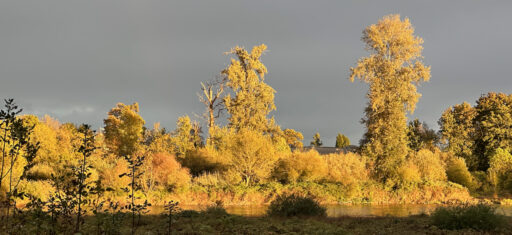
|
My worries have worries. So I built little matchstick houses with large ceilings, a garden for them to grow tomatoes, cilantro, & carrots their worry babies will eat. —Laura Villareal, Poetry Unbound Last week my friend Jenni sent me this snippet of a poem. And there it was, in one perfect image. Everything I’ve been hearing from friends and strangers alike for the last five years. “Worry babies” seem to be invading the planet: growing in gardens, dropping from trees. Once they get established, worries, like crabgrass, tend to take over, setting up residency in our brains and getting busy raising their own worry families. Sometimes they take cover in dreams, full of spikes and hooks that keep drawing us in when we’re just minding our own business. This is the work of the Nightime Worry Family, whose patchwork ticky-tacky housing development parties get wild about 3:00 am. One of my favorite thoughts about worry comes from Bridge of Spies. Tom Hanks’ character, who is trying to save a spy who might well be executed at any moment, repeats his one question three times: “Aren’t you worried?” The reply is always the same: “Would it help?” If you’d like to check it out this link. Lately I’ve been asking Wilma, my inner Worry Wart, if she’s trying to help, because it sure seems the opposite. She made the case that ignoring her completely might mean turning off flashing yellow lights that keep me safe. But often, especially in the middle of the night, her honest answer is “no.” Although an actual worry may contain the seed of a solvable problem (or at least an action item) by the light of day, the ones that set up housekeeping and wake you up at night do NOT offer solutions. Their job is to feed on any anxieties the body may have stored. In unprotected moments, when you forget to ask if it helps to worry, they can have their way with you, repeating past regrets or imagining fearful futures in an endless loop. The best hope for evading the Nighttime Worries is to notice the quick moment when we start to feel ourselves getting hooked at other times in our daily lives. This can be especially challenging during the holidays because that’s when worry families thrive. Try it out for yourself. sometime, in one of those elusive moments a when a worry first arises. Ask yourself whether it’s helpful. Breathe deeply once or twice. Just this much might be enough. Sometimes simply remembering to pay attention at that moment can calm the system. Next, find a quick way to tend to your actual body in some way, even if that means washing your hands or stretching for a couple minutes. Embrace whatever acts of self-care you can, even if it means a quick bathroom Time Out in a moment of overwhelm. When the time is right, you might ask your version of Wilma the Worrier to help develop a long-term plan. Allow some time to listen to what calms her, especially if you tend toward worry loops. Ask her to prioritize your to-do list, quietly eliminating her crazier ideas. If you listen closely, she might suggest you cut out unnecessary duties or dance or take a walk move excess energy. Or perhaps she’d like a little Time Out for herself. Send her to the spa and then give your body and spirit a few minutes (or hours) for a nervous system reset. Cozy up. Take a quick nap if you can. Simply stare out the window while savoring a comforting hot drink. Even better, nurture yourself by getting soupy. Warmly, |
 |
|
PS. Below is a great soup created from a couple of other recipes by way of my friend Martha. The first is from relishmag.com for African Peanut Stew. The second is from http://wpr.org/zorba/recipes/z07-0203r.htm (African Peanut Soup). Enjoy!
|



